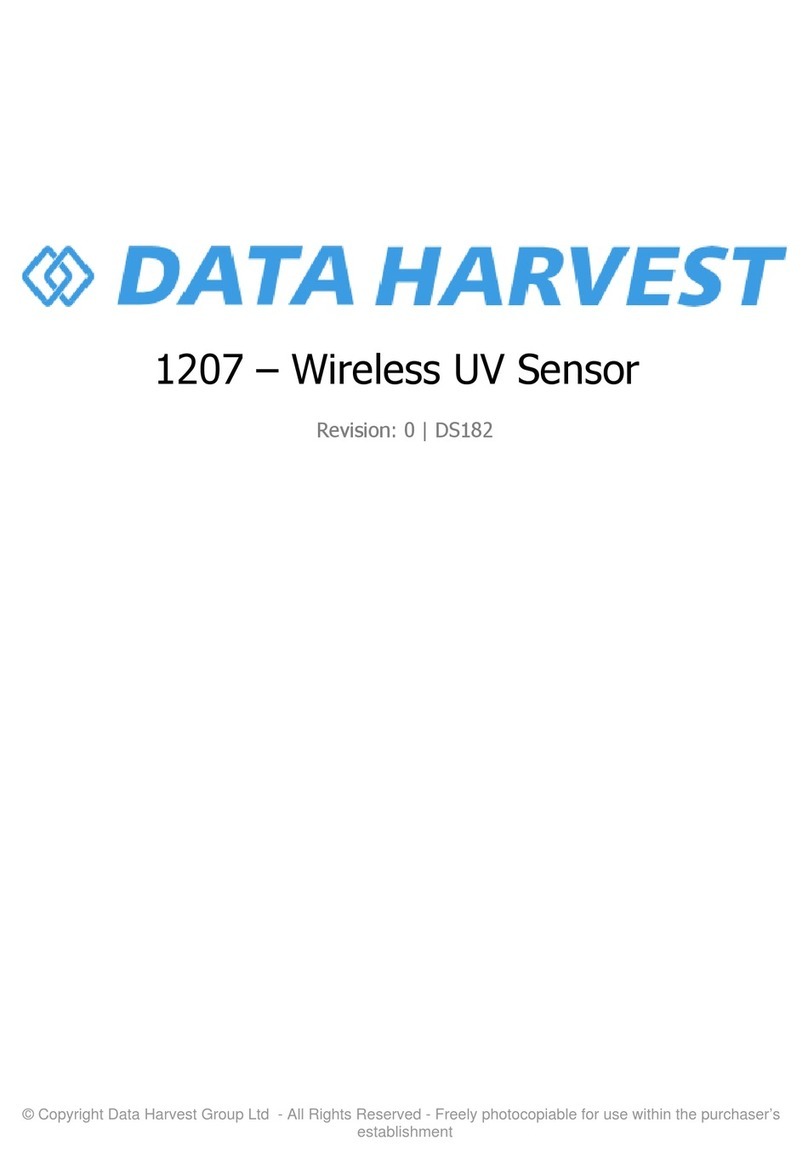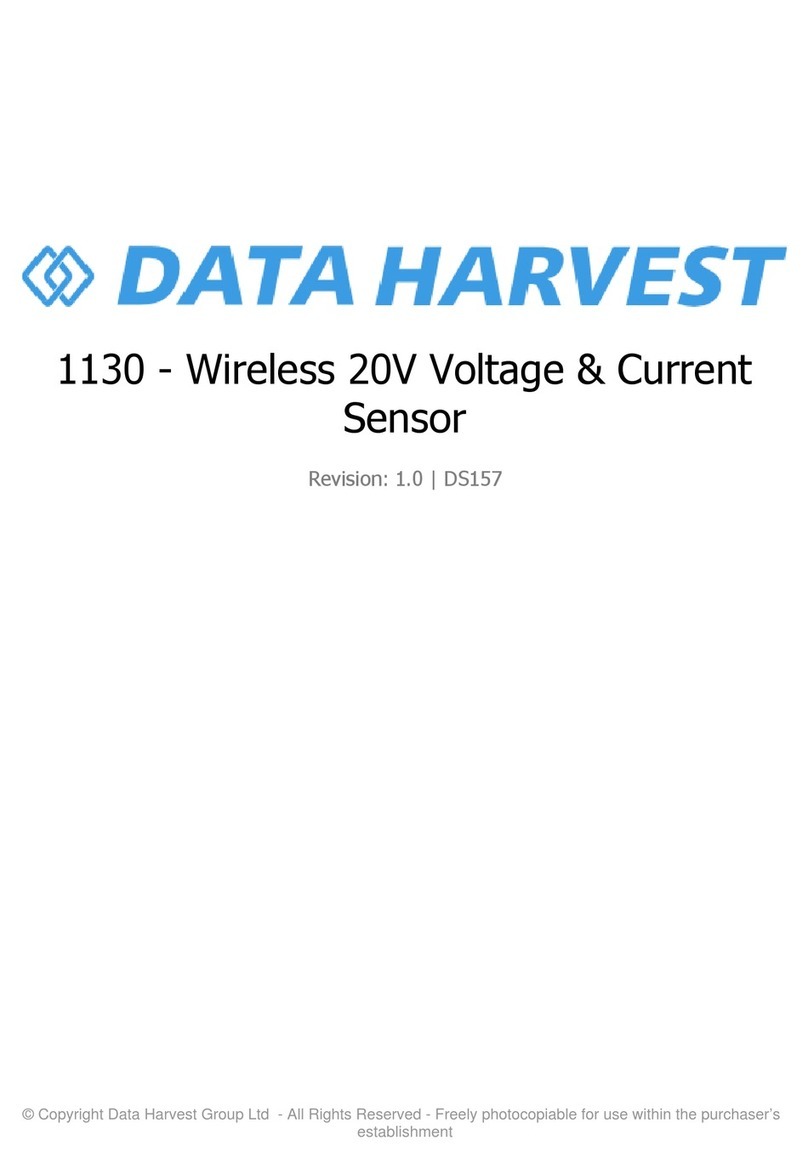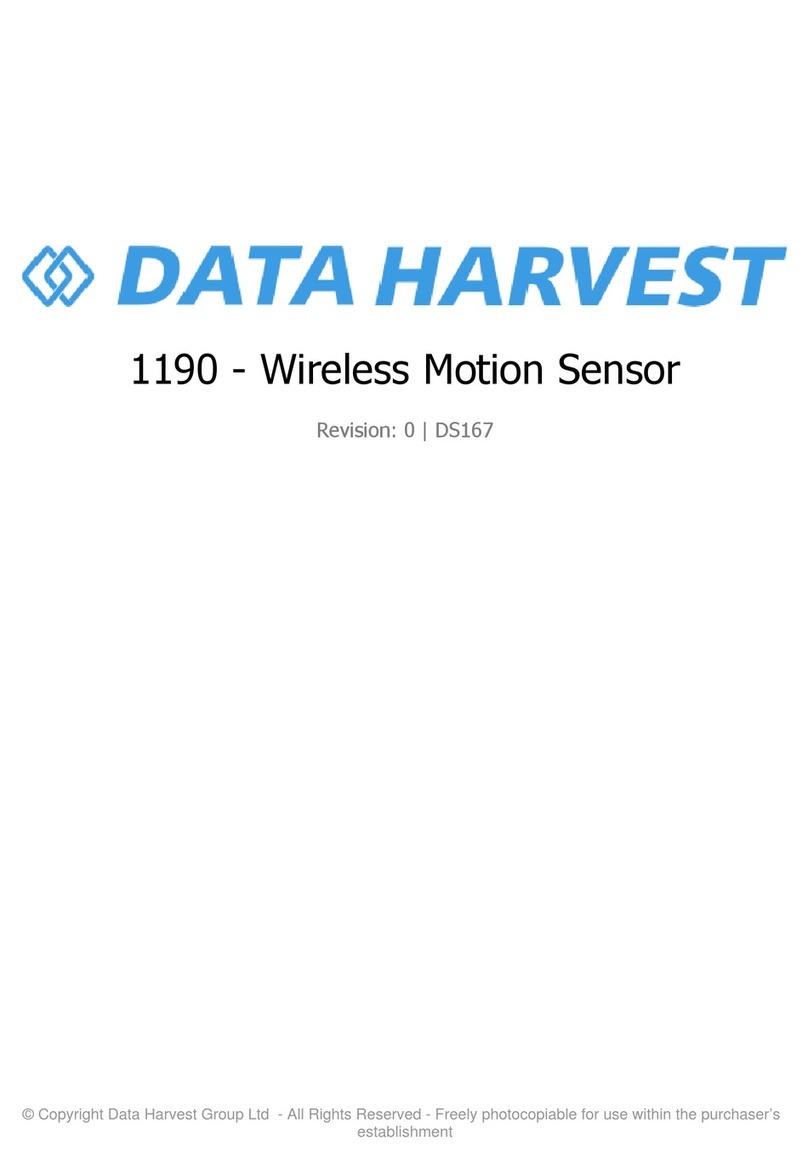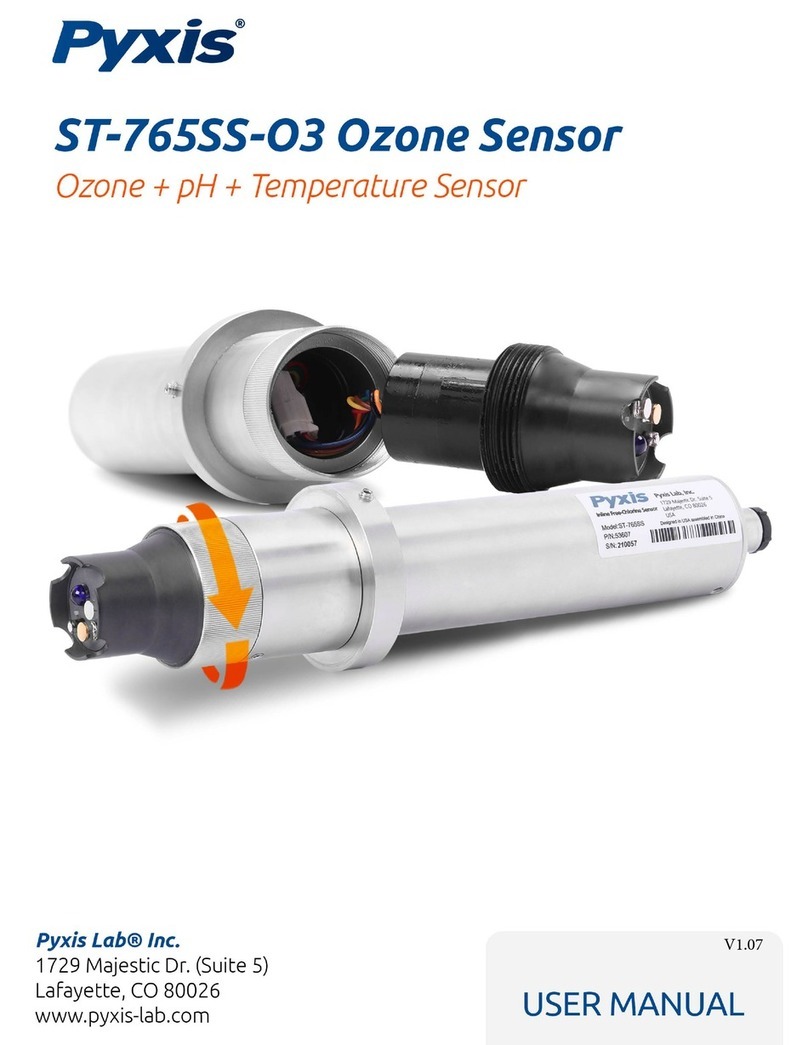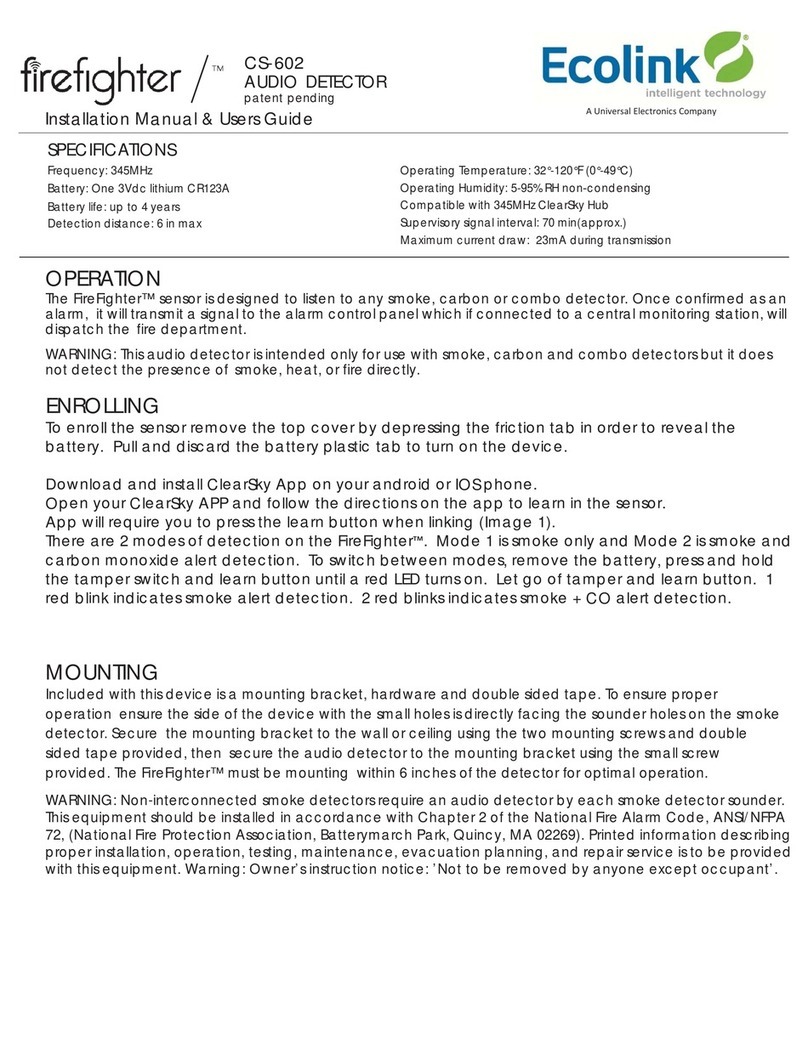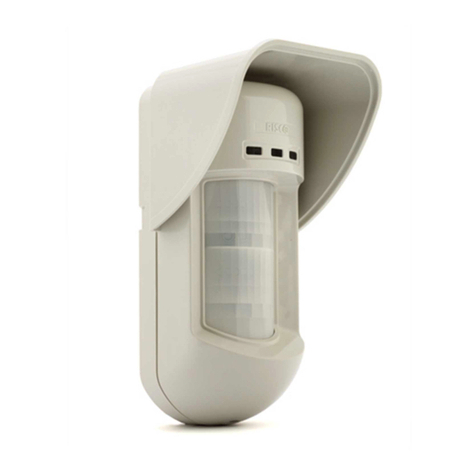Data Harvest 1156 User manual

© Copyright Data Harvest Group Ltd - All Rights Reserved - Freely photocopiable for use within the purchaser’s
establishment
1156 - Wireless Heart Rate Sensor
Revision: 0 | DS033

1156 - Wireless Heart Rate Sensor
2
/
21
| Revision: 0 | DS033
Table of contents
Introduction ...................................................................................................... 3
Pack Contents .................................................................................................... 4
Operational Overview ......................................................................................... 5
Connectivity ...................................................................................................... 7
Charging the Sensor ........................................................................................... 8
Firmware Updates .............................................................................................. 9
Usage Information ............................................................................................
10
Practical Investigations .....................................................................................
13
Sensor Specifications ........................................................................................
15
Limited Warranty .............................................................................................
16
Compliance .....................................................................................................
17
Troubleshooting ...............................................................................................
18
Notices ............................................................................................................
19
Contact Information ..........................................................................................
20
PDF Translations ..............................................................................................
21

1156 - Wireless Heart Rate Sensor
3
/
21
| Revision: 0 | DS033
Introduction
Thank you for purchasing the Smart Wireless Heart Rate Sensor. We pride ourselves on producing
high quality products that meet with the demands of the busy classroom environment. If you have any
problems using this sensor, please read this documentation in full before contacting the Data Harvest
support team.
Overview
The Smart Wireless Heart Rate Sensor monitors the light level transmitted through the vascular tissue
of the fingertip or the ear lobe and the corresponding variations in light intensities that occurs as the
blood volume changes in the tissue.

1156 - Wireless Heart Rate Sensor
4
/
21
| Revision: 0 | DS033
Pack Contents
This product is supplied with the following items:
·
1 x Wireless Heart Rate Sensor
·
1 x USB Connecting Lead
Additional Accessories
To get the most from your Smart Wireless Heart Rate Sensor, the following items should be
considered:
·
Wireless Temperature Sensor

1156 - Wireless Heart Rate Sensor
5
/
21
| Revision: 0 | DS033
Operational Overview
The diagram below shows the specific parts of the sensor. Read further to explore the functionality of
each part of the sensor.
1.Sensor End Cap
2.Status Indicator
3.On/Off Switch
4.USB Port
5.Unique ID Number
Sensor End Cap (1)
Most Smart Wireless Sensors feature an end cap that is specific to the requirements of the device's
internal sensor. The sensor's end cap is the direct interface between the device’s internal sensor and
your experiment.
The Status Indicators (2)
The sensor features a single status indicator that changes colour and flashes. See the table below for
further information.
Status Light
Indicates
No light
Sensor is Off. Short press the On/Off switch
Blue flashing Sensor On and Bluetooth advertising
White flashing Charging via USB mains charger or USB port
Green flashing Communication with the EasySense2 app (via USB or
Bluetooth) has been established
Orange flashing Recording data

1156 - Wireless Heart Rate Sensor
6
/
21
| Revision: 0 | DS033
Red flashing Battery is low
On/Off Switch (3)
The sensor's on/off switch allows you to turn the sensor on, off or perform a hard reset.
To switch the sensor off
·
Press and hold down the On/Off switch until the white light shows, then release.
·
If not communicating with the EasySense2 app, the sensor will turn off after a period of one hour of
inactivity.
Hard resetting the sensor
·
If necessary, attach the sensor to power.
·
Press and hold down the On/Off button for at least 8 seconds until the status LED gives a flash of
blue light, then release.
·
If the sensor fails to respond, contact Product Support at Data Harvest. Please provide details of:
oThe computer platform it is being used with and the EasySense2 app’s version number.
oA description of the problem being encountered.
USB Port (4)
Use to connect to a computer or a charging unit.
For specific USB or Bluetooth connectivity instructions, please see the 'Connectivity' section of this
documentation.
For instructions on charging your device, see the section on 'Charging the Sensor'.
Unique ID Number (5)
All Smart Wireless Sensors are labelled with a unique ID number. This number is used in the
EasySense2 app, so that you can identify each sensor when making a connection wirelessly.

1156 - Wireless Heart Rate Sensor
7
/
21
| Revision: 0 | DS033
Connectivity
The sensor is both USB and Bluetooth compatible. Install the EasySense2 app, if it is not already on
your device. For details of how to operate the EasySense2 app, please refer to the EasySense2
documentation.
USB Connectivity
Quick Steps
1.Connect the sensor to the computer’s USB port using the USB cable supplied.
2.The computer will automatically detect a new device and depending on your operating system, will
install any applicable device drivers.
3.Start EasySense 2 app.
4.Within the EasySense2 app, the Devices icon will change to green to show that the sensor is
connected, and the status light on the sensor will also turn green.
5.Begin your practical investigations.
Bluetooth Connectivity
Using Bluetooth, the sensor can wirelessly connect to mobile devices such tablets and mobile phones,
as well as desktop or laptop computers, giving students the ability to run experiments independently
without being tethered to a device.
See the EasySense2 app user manual system requirements for further details.
Quick Notes on Bluetooth Connectivity
Only use with the EasySense2 app, you do not need to pair the device. If paired, the sensor will not be
available to the EasySense2 app.
Computers or devices will need to support Bluetooth Low Energy (BLE). For further information refer to
the instructions provided for the EasySense2 app.
Quick Steps
1.
Short press the on/off switch to turn the sensor on, blue LED will flash.
2.Open the EasySense2 app.
3.Select the Devices icon.
4.
Select your sensor from the list of available sensors to connect to the device. Your sensor is
identified by its unique ID in the list.
5.Click on connect at the side of your sensor in the list.
6.
The Devices icon will change to green and the status light on the sensor will flash green to indicate a
connection has been established.
7.Begin your practical investigations.
Connecting The Heart Rate Ear Lobe Sensor
·
Insert the jack plug from the finger/ear lobe clip into the jack socket at the end of the Sensor
housing.
·
Attach the finger/ear lobe clip (Pleth) to either the fingertip or to the ear lobe.
·
Note: Avoid applying pressure to the clip as this could affect the signal.

1156 - Wireless Heart Rate Sensor
8
/
21
| Revision: 0 | DS033
Charging the Sensor
The Smart Wireless sensors are fitted with a rechargeable lithium-ion battery and can be charged via
the USB port. Use the supplied USB lead to connect the sensor either directly to a USB port on your
computer, a powered USB hub or a USB mains charger that outputs 5 V at 500 mA or more.
A full charge can take up to 4 hours.
Additional Information
Whenever the sensor is connected to the USB port on the computer or to a USB mains charger (output
5 V at 500 mA or more), it will automatically recharge the battery (LED status flashing white).
When connected to a computer, the computer should be turned on and not in sleep or standby mode,
as the battery may drain instead of charge.
The sensor will stay awake for 60 mins when Bluetooth advertising (LED status flashing blue).
Lithium-ion batteries are ‘memory-free’ and prefer a partial rather than a full discharge. Constant partial
discharges with frequent recharges will not cause any harm. Frequent full discharges should be
avoided whenever possible. Ideally the sensor should be stored at about 40% or more charge.
The speed at which a lithium-ion battery will age is governed by both its storage temperature
(preferably less than 40 C) and state-of-charge.

1156 - Wireless Heart Rate Sensor
9
/
21
| Revision: 0 | DS033
Firmware Updates
Occasionally Data Harvest may release updated firmware which will contain improvements or new
features.
Updates will take place when you connect your sensor to the EasySense2 app. You will be given the
option to decline an update.
Updates can be performed over USB or Bluetooth and will typically take less than one minute. Updating
firmware over USB will be quicker than Bluetooth.
Do not disconnect the sensor, or power off during the update.
If you have a wireless connection to the EasySense2 app, the sensor will have to be reconnected after
performing the update.

1156 - Wireless Heart Rate Sensor
10
/
21
| Revision: 0 | DS033
Usage Information
The
Smart Wireless Heart Rate Sensor
is used to measure the cardiovascular pulse wave that is found
throughout the human body. This pulse wave will result in a change in the volume of arterial blood with
each pulse beat. This change in blood volume can be detected in peripheral parts of the body such as
the fingertip or ear lobe using a technique called Photoplethysmography.
The device that detects the signal is called a plethysmograph (or ‘Pleth’ for short).
The Pleth consists of:
·
An infrared LED which illuminates the tissue and
·
An infrared LED which illuminates the tissue, and a light sensitive detector (LSD), which has been
tuned to the same colour frequency as the LED, and detects the amount of light transmitted from
the tissue.
The Pleth supplied with this sensor is a transmission mode plethysmographic signal (PPG) device,
which uses transmitted light to estimate absorption. The infrared LED and the light sensitive detector
(LSD) are mounted in a spring-loaded device that can be clipped onto the fingertip or ear lobe.
The infrared light emitted by the LED is diffusely scattered through the fingertip or ear lobe tissue. A
light sensitive detector, positioned on the surface of the skin on the opposite side, can measure light
transmitted through at a range of depths. Infrared light is absorbed well in blood, and weakly absorbed
in tissue. Any changes in blood volume will be registered, since increasing (or decreasing) volume will
cause more, or less absorption. Assuming the subject does not move, the level of absorption of the
tissue and non-pulsating fluids will remain the same.
The amount of light that can be detected by the light sensitive detector (LSD) will vary with each test
subject, and as to whether the clip is attached to a fingertip or ear lobe.
When attached to a finger:
·
Position the finger lobe clip so that the light sensitive detector is on the fleshy side of the finger.
·
Fingers should be clean.
·
Nail varnish may cause falsely low readings.
·
Values should not be affected by skin colouring.
·
Some subjects may have poor peripheral circulation (the extent to which the blood vessels
·
in the fingertip are filled with blood), in which case another subject should be selected.
·
If the heart rate does not seem to settle, try warming the hands by rubbing together to increase the
blood flow.
·
If readings are lower than expected, try repositioning the clip to make sure firm contact is obtained.
When attached to an ear lobe:
·
Remove any earrings before attaching the finger/ear lobe clip to the ear lobe.
·
The clip can be made more secure by hooking the wire round the back of the ear, or by using the
slide on the lead to attach it to the subject’s clothing.
·
If the heart rate does not settle or if readings are lower than expected, try repositioning the clip to
make sure a firm contact is obtained.
Each time the finger/ear lobe clip is attached to a fingertip or ear lobe, wait until the signal stabilises
before starting to record data - the initial unstable signal will be due to compression from the clip being
attached.
Stay reasonably still while recording data. Movement e.g. raising and lowering a hand, will alter the
pressure that the finger exerts on the clip, whilst simultaneously causing a change in venous blood that
will affect light transmission through the tissue.

1156 - Wireless Heart Rate Sensor
11
/
21
| Revision: 0 | DS033
It is possible to alter heart rate by simply decreasing respiratory rate. Encourage the test subject to
breath normally.
This sensor is not intended for medical diagnosis. Do not be alarmed if results do not correspond to
quoted numbers. These numbers represent typical averages, and many healthy hearts have data that
falls outside these parameters. It is quite normal for the heart to occasionally miss a beat.
The number of beats per minute is calculated, by the Heart Rate Sensor, by timing the width of a pulse
and ‘scaling up’ to a rate of beats per minute. For example, a recorded wave form of a 0.7 second
duration would become (1 ÷ 0.7) x 60 = 85.7 beats per minute. Sporadic short or longer beats will
produce artificially high or low readings. This should not present a problem as trends in heart rate are
studied, not absolute values or rapid changes.
The heart rate is averaged over every five beats to achieve a smoother reading.
If the finger/ear lobe clip ‘loses contact’ with the pulse, the sensor will attempt to re-establish
communication. This may result in the reading momentarily dropping to zero. .
The light sensitive detector (LSD) in the clip can be sensitive to high-levels of ambient infrared light e.g.
strong sunlight. If this is the case, try excluding the light, by covering the clip with some dark fabric e.g.
by placing your hand inside a cloth bag.
With the beats per minute range (bpm) of the Heart Rate Sensor selected, the fastest speed that can
be used to capture data is 50 Hz (20 ms). If an intersample time of less than 20 milliseconds is
selected, then the values obtained will either default to the lowest reading, or the set-up will be rejected
by the software. This fastest speed for the Waveform range (mV) is 1ms.
It is possible for the dicrotic notch to be recorded as a separate pulse, and so will give higher readings
than expected. The effects are more noticeable if the clip is attached to the finger; try using it with the
clip attached to the ear lobe.
Heart Rate (Notes)
Blood passes through the heart in two phases that alternate continuously.
The blood forced into the aorta during systole, moves the blood in the vessels forwards and sets up a
pressure wave that travels along the arteries. This pressure wave expands the arterial walls as it
travels, and is felt as the pulse.
The pulse may be felt at points where arteries pass over bones, known as pressure points e.g. in the
wrist and neck. Pulse rate is a direct measure of the number of heart cycles in a minute (heart rate).
In normal healthy individuals the heart rate, and thus the pulse rate, varies with the phases of
respiration. Irregular changes in heart rate occur in all people. Heart rate may be increased by
exercise, nervous excitement, stress due to mental effort, by adrenaline entering the bloodstream, or
with increase in temperature caused by fever. The heart rate decreases when asleep and some
medical conditions may also cause a drop.
Following exercise, it takes a while for the heart rate to return to resting level. This is the recovery time
and gives an indication of the fitness of the individual. Recovery time may vary from less than five
minutes in very fit individuals, to around 15 minutes.
Safe Pulse Rates
During experiments, the safe heart rate should not be exceeded. The safe level is given as the
maximum heart rate for age, minus 20 beats per minute
Maximum heart rate = 210 – (0.65 x age)
Waveform (Notes)
The heartbeat recorded by the Smart Wireless Heart Rate sensor is smoothed by the passage of blood
through the capillaries, and the pressure signal does not resemble the pulse seen in an

1156 - Wireless Heart Rate Sensor
12
/
21
| Revision: 0 | DS033
electrocardiogram (which is used to record the hearts electrical activity). However, the periodicity of the
signal is unchanged and the Heart Rate sensor can be effectively used to detect changes in heart
rate.
The upstroke, called the anacrotic limb, is abrupt and is due to contraction of the ventricle (systole).
The downstroke is more gradual and corresponds to the elastic recoil of the arterial walls. The
downstroke regularly shows a fluctuation known as the dicrotic notch. This is due to vibrations set up
when the aortic valve snaps shut – it has no major significance as an indicator of health.
For a healthy person at rest, the heart beats on average at about 60 beats per minute or one a second
i.e. around 1 Hz. This frequency is not constant (even in a healthy individual at rest).
It takes approximately one second to record a complete wave, so it is usually best to select a short
recording time.
This Sensor is not waterproof. Clean the clip by wiping with a cloth that has been rinsed in
disinfectant.

1156 - Wireless Heart Rate Sensor
13
/
21
| Revision: 0 | DS033
Practical Investigations
The Smart Wireless Heart Rate Sensor can be used to investigate a number of scientific experiments
such as:
·
Monitoring fitness - after exercise, pulse is timed until it gets back to the normal standing heart rate
(this can be achieved by remaining in a sitting position and moving the legs).
·
Monitoring resting
·
Changes with mild stimulants (cups of coffee or cola – might show less effect on people
·
who are accustomed to large amounts of caffeine).
·
Variation in blood flow i.e. people who suffer with cold fingers will show a very low blood flow in their
veins – try warming their hands
·
Investigating pulse rate with different body positions (sitting, crouching, standing, laying down).
·
The effect of music on pulse rate.
·
The effect of the strictest teacher entering the room!
Online Videos
Learn how to use data logging in the classroom with our Secondary Science Academy demonstration
videos, which will walk you through using the new EasySense2 app and show you how to get hands-on
with the latest Bluetooth wireless sensors. The video experiments will show you how to get the best out
of your science lessons.
New online content is being continuously uploaded onto our YouTube channel, including practical
worksheets as well as videos.
See our website for further information and links.
Explore Bluetooth Sensors
Are you looking to make the jump to our smart
wireless sensors? Or have you recently purchased
them and want to know more about how they
work?
View video playlist
Explore EasySense2
The core of our science platform is our
EasySense2 software. In these videos you will
learn everything from the basics of our software to
the most in-depth features.
View video playlist

1156 - Wireless Heart Rate Sensor
15
/
21
| Revision: 0 | DS033
Sensor Specifications
Please read the following table for sensor specifications.
Feature
Detail
Measurement Ranges 0-200 Beats per minute and ±2000mV
Resolution 1BPM and 1mV
Fastest logging speed 1ms
Connectivity
Wired via USB
Wireless via Bluetooth
Bluetooth Specifications Bluetooth 4.2 low energy radio, single mode
compliant
Transmit (TX) power: 0 dBm
Receiver (RX) sensitivity: - 90 dBm
Usable transmission range: up to 10 m in open
air
Frequency Range: 2.402 to 2.480 GHz operation
Internal Battery Rechargeable internal lithium-ion 3.7 V
Power specification: 5 V at 500 mA
Storage/Operating Temperature
0 - 40 C
Humidity 0 to 95% RH (non-condensing)
Physical Specifications Weight: approx. XX g
External dimensions: approx. height XX mm x
width XX mm x length XX mm

1156 - Wireless Heart Rate Sensor
16
/
21
| Revision: 0 | DS033
Limited Warranty
For information about the terms of the product warranty, see the Data Harvest website at:
https://data-
harvest.co.uk/warranty
Product Repairs
When returning goods to Data Harvest, please download and complete the repair return
form
to ensure
you have sent us all the information we require, and send it to us alongside the item to be repaired. The
second page of this form includes a return address label.
If you have purchased a Data Harvest manufactured product via a different company, please also
supply proof of purchase.
Postage Charges
·
In the event of a fault developing, the product must be returned in suitable packaging to Data Harvest
for repair or replacement at no expense to the user other than postal charges.
·
There will be no postal charge for the return of repaired goods to any mainland UK address (for other
areas, additional shipping charges may apply).
Out of Warranty Repairs
Please visit https://data-harvest.co.uk/repairs for the most up to date charges for out of warranty
repairs.
Warranty on Repaired Items
Once an item has been serviced and repaired, the product will have 1 year warranty against further
failure of the component repaired.
International Returns
Please contact the authorised Data Harvest representative in your country for assistance in returning
equipment for repair.

1156 - Wireless Heart Rate Sensor
17
/
21
| Revision: 0 | DS033
Compliance
This product complies to the following standards
Waste Electrical and Electronic Equipment Legislation
Data Harvest Group Ltd is fully compliant with WEEE legislation and is pleased to provide a disposal
service for any of our products when their life expires. Simply return them to us clearly identified as ‘life
expired’ and we will dispose of them for you.
FCC Details
This device complies with Part 15 of the FCC Rules. Operation is subject to the following two
conditions: (1) this device may not cause harmful interference, and (2) this device must accept any
interference received, including interference that may cause undesired operation.
CE
This product conforms to the CE specification. It has been assessed and deemed to meet EU safety,
health and environmental protection requirements as required for products manufactured anywhere in
the world that are then marketed within the EU.

1156 - Wireless Heart Rate Sensor
18
/
21
| Revision: 0 | DS033
Troubleshooting
If you experience any problems with your product, please try the following troubleshooting tips before
contacting the Data Harvest support team.
Feature
Detail
Loss of Bluetooth Connectivity If the sensor loses Bluetooth connection and
will not reconnect try:
Closing and reopening the EasySense 2 app.
Switching the sensor Off and then On again.
If you are using a Bluetooth Smart USB Adaptor
on your computer, unplug the adaptor, plug back
in again and try to reconnect.
Hard reset the sensor and then try to reconnect.

1156 - Wireless Heart Rate Sensor
19
/
21
| Revision: 0 | DS033
Notices
Please read the following notices with regards to using your sensor
1.
The sensor is much smarter than traditional Bluetooth sensors and you are not required to pair the
device. If paired, the sensor will not be available to the EasySense 2 app.
2. When the sensor is connected to a computer, the computer should be turned on and not in sleep
or standby mode or the battery may drain instead of charge.
3.
Data Harvest products are designed for educational use and are not intended for use in industrial,
medical or commercial applications.
4. The sensor is not waterproof.
5. Plastic parts may fade or discolour over time if exposed to UV light. This is normal and will not
affect the operation of the sensor.
6.
This Sensor is not waterproof. Clean the clip by wiping with a cloth that has been rinsed in
disinfectant.

1156 - Wireless Heart Rate Sensor
20
/
21
| Revision: 0 | DS033
Contact Information
To contact Data Harvest directly, please use any of the following channels
Traditional Communications
Data Harvest Group Ltd.
1 Eden Court, Eden Way,
Leighton Buzzard,
Bedfordshire,
LU7 4FY
United Kingdom
Tel:
+44 (0) 1525 373666
Fax:
+44 (0) 1525 851638
Sales email: [email protected]
Support email: [email protected]
Online Communications
We have active social media support channels using the following platforms
·
Facebook
·
Twitter
·
YouTube
Office Opening Hours
Monday to Thursday - 08:30 to 16:45
Friday - 08:30 to 13:30
Saturday & Sunday & UK Bank Holidays - Closed
Table of contents
Other Data Harvest Security Sensor manuals
Popular Security Sensor manuals by other brands
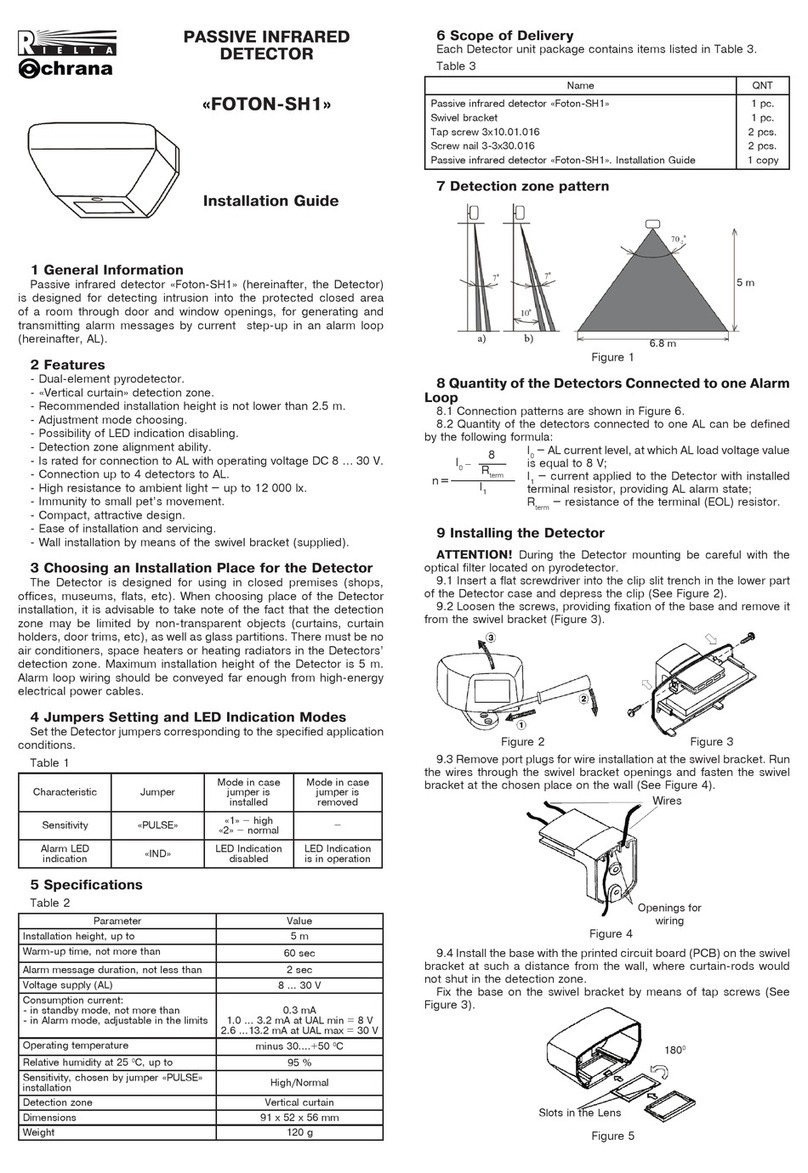
Rielta
Rielta FOTON-SH1 installation guide
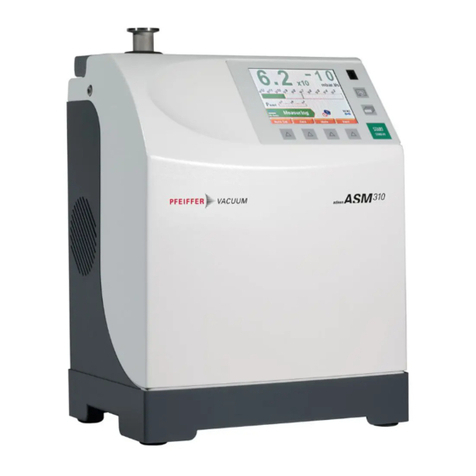
Pfeiffer Vacuum
Pfeiffer Vacuum ASM 310 operating instructions
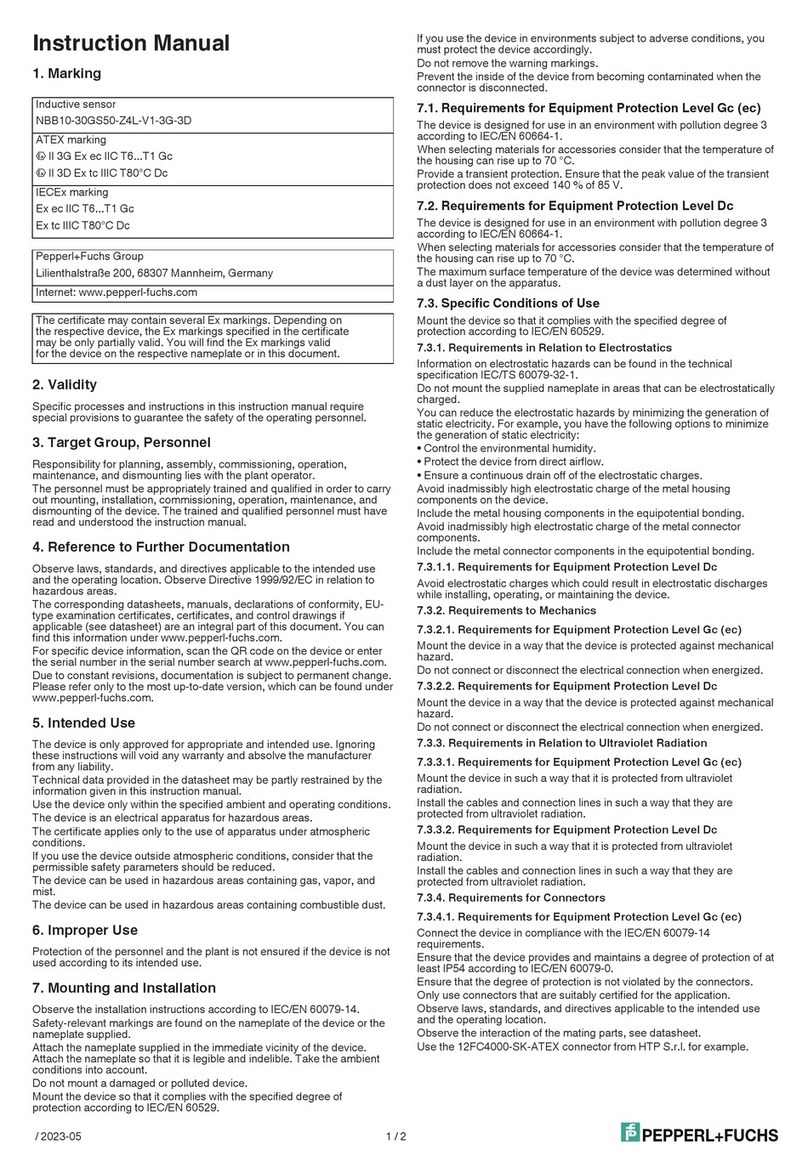
Pepperl+Fuchs
Pepperl+Fuchs NBB10-30GS50-Z4L-V1-3G-3D instruction manual

Lince
Lince 1630DT/JOLLY Installation, Programming and Operating Instructions
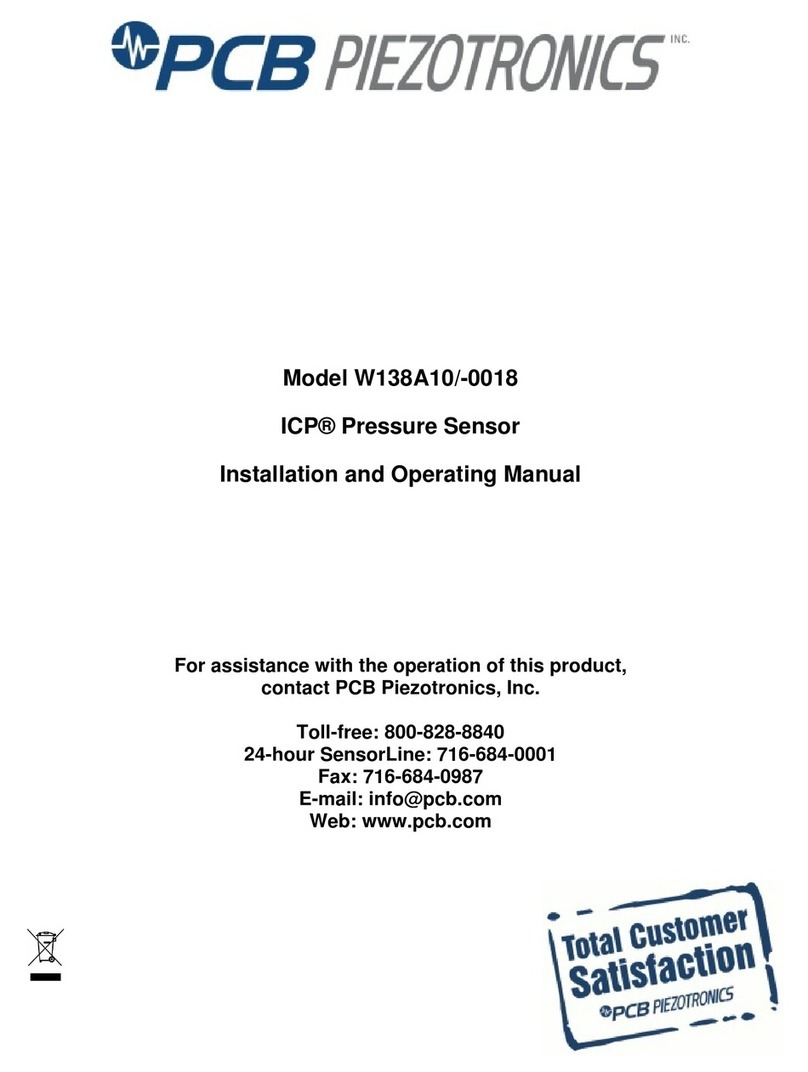
PCB Piezotronics
PCB Piezotronics ICP W138A10/-0018 Installation and operating manual
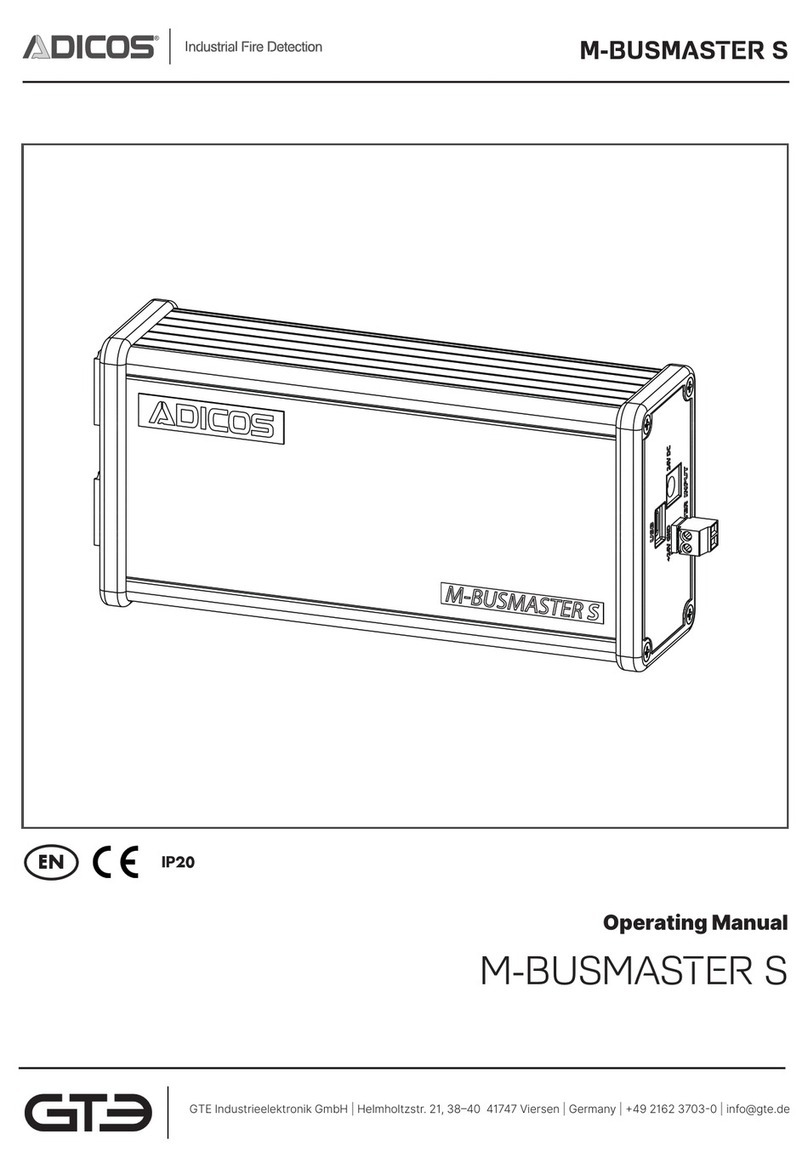
GTE
GTE ADICOS M-BUSMASTER S operating manual
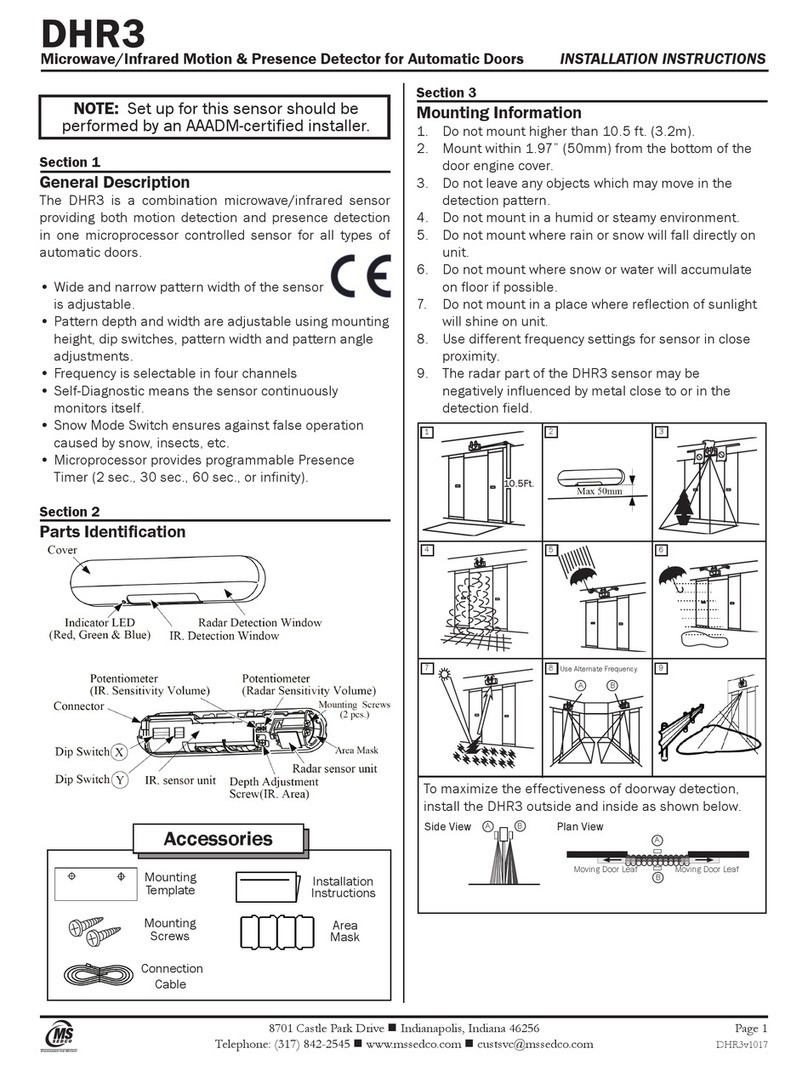
MS Sedco
MS Sedco DHR3 installation instructions
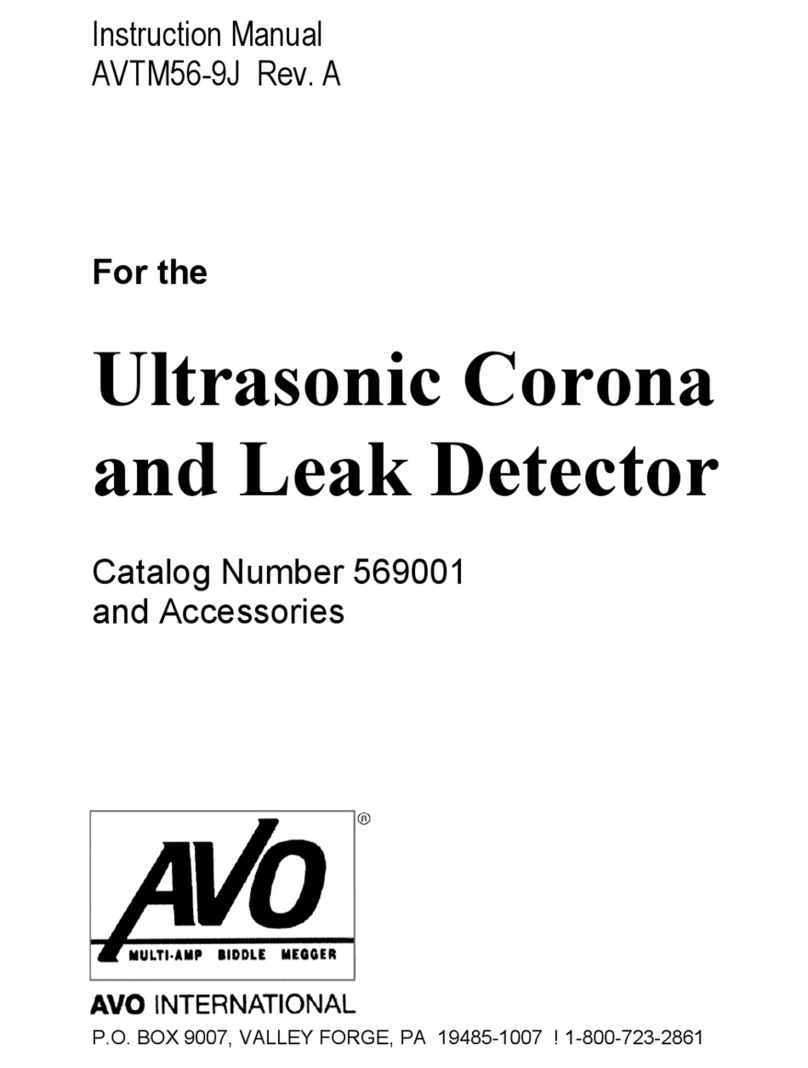
AVO
AVO 569001 instruction manual

Rielta
Rielta STEKLO-2 installation guide
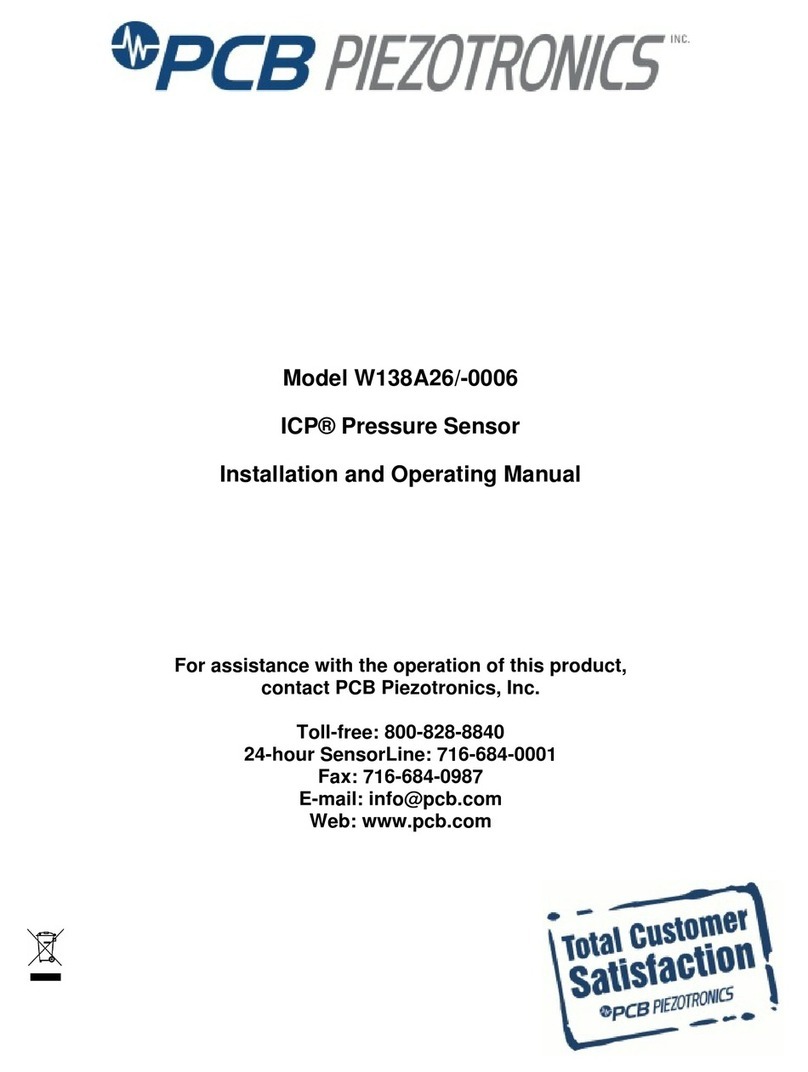
PCB Piezotronics
PCB Piezotronics ICP W138A26/-0006 Installation and operating manual
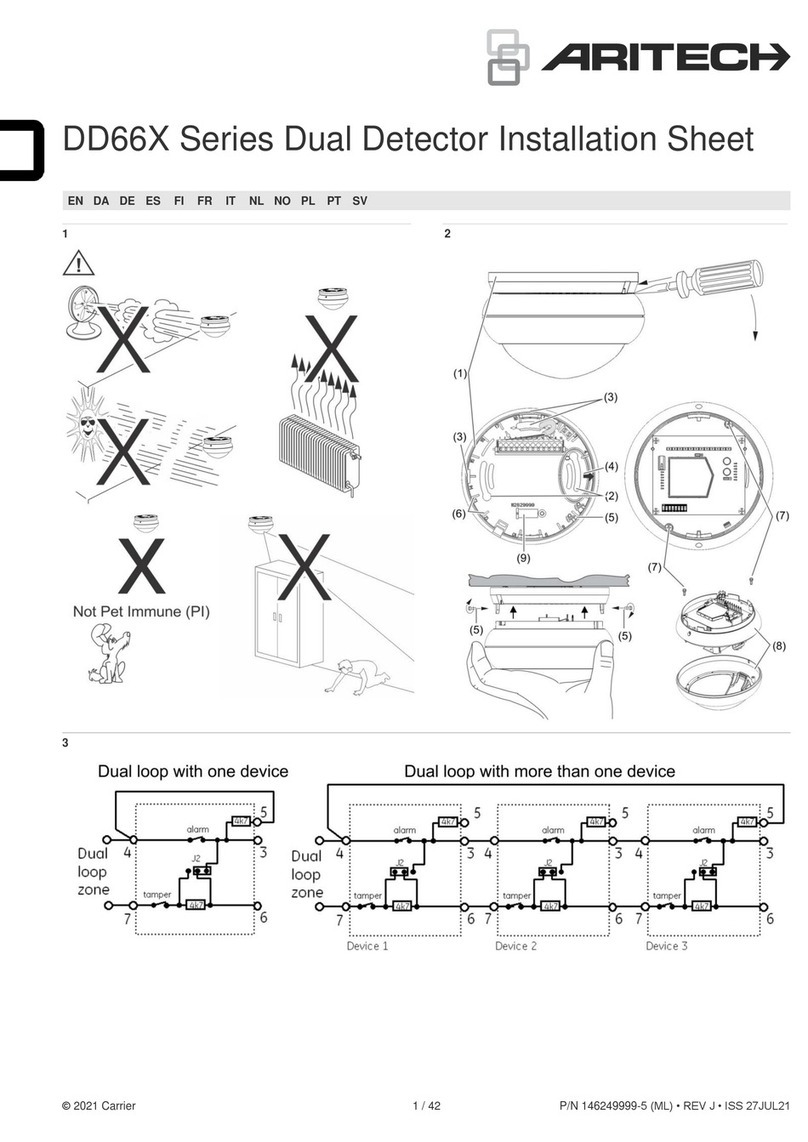
Aritech
Aritech DD66X Series Installation sheet
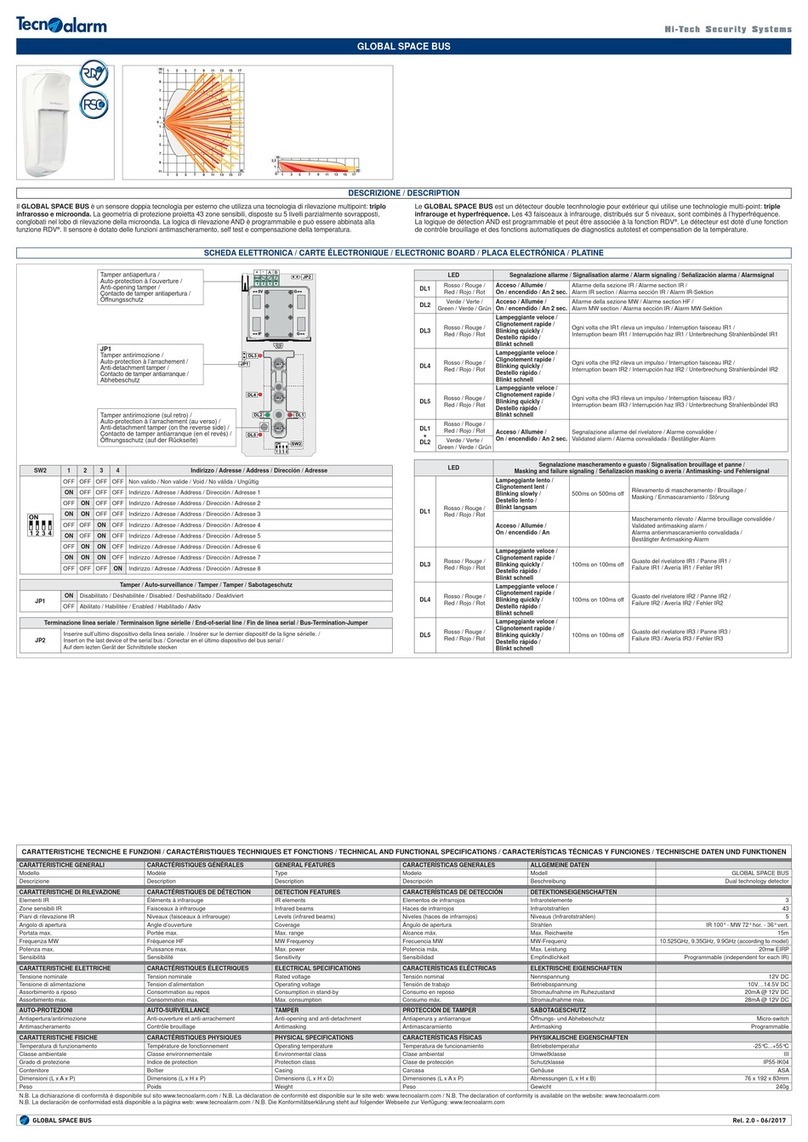
Technoalarm
Technoalarm Global Space Bus quick start guide

